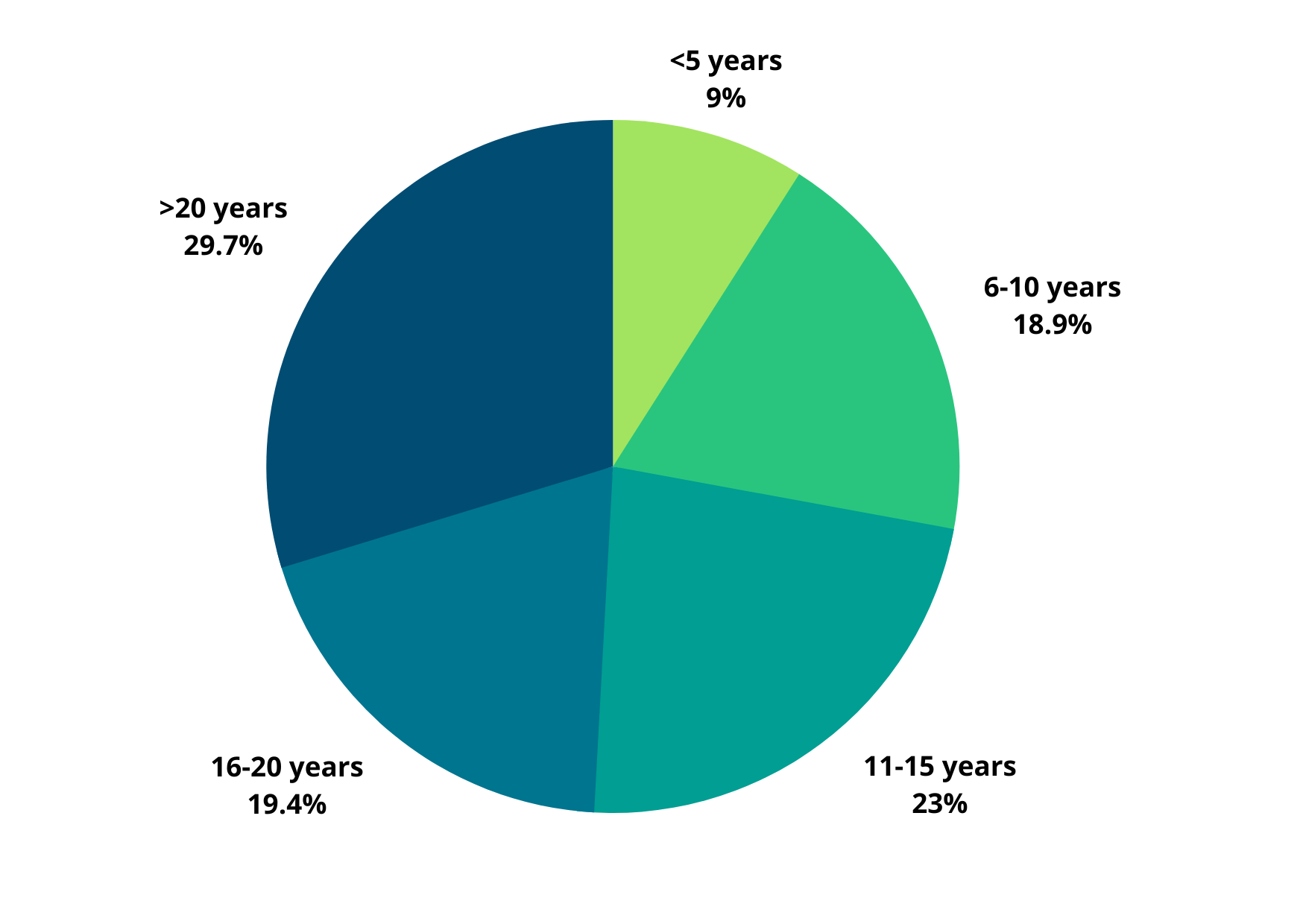
With the amount of Defence projects coming downrange, it is crucial to understand what the candidate market looks like. Only by understanding the current market can jobseekers make the best-informed career decisions, and hiring managers make smart hiring decisions.
We dissect the maritime engineering workforce using LinkedIn data to understand the status of the talent pool. To identify this talent pool, the skill set search parameters included marine engineering and naval architecture.
There are approximately 5,500 people who have skilled themselves with maritime engineering on LinkedIn in Australia. The below graph dissects the workforce by state.

As we can see from the graph, maritime engineering talent is predominately located in WA, QLD and NSW. A smaller but significant proportion is located in VIC.
Nationally, just 8% of the maritime engineering workforce is female. In VIC, women make up 11% of the talent pool, but all other states hover around the national average.
Demand for maritime engineers is high or very high in WA, NSW, SA and ACT, but in QLD, VIC, TAS and NT demand is only moderate or low. LinkedIn data shows that ‘hidden gem locations’, locations where the supply of professionals is high relative to hiring demand, include Melbourne, Gold Coast and Cairns.
Perhaps unsurprisingly, 28% of the talent pool are employed in the maritime industry. Other prominent industries include oil and energy (11%), defence and space (5%) and construction (4%). Military and shipbuilding industries employ 7% of the talent pool. Of all these industries, defence and space is the only industry experiencing high demand for this skill set.
LinkedIn data shows that the largest employer of this talent pool is the Royal Australian Navy. Other top employers include Austal, Australian Maritime Safety Authority, Svitzer, MMA Offshore Ltd, ASC Pty Ltd and BAE Systems Australia.
Over 70% of the maritime engineering talent pool have over 10 years of experience, as shown on the graph below.
Tom Butters, naval sector expert and Business Development Manager at Kinexus tell us, “Naval sector companies throughout Australia are introducing excellent graduate programs in order to grow this talent pool.”
This is welcome news for defence industry hiring managers who will need to manage demand for this skill set over the coming years, and is an opportunity to facilitate the knowledge share between more experienced workers with those less experienced.

Using data from our Defence Industry Insights – Eighth Edition, 78% of the maritime engineering talent pool wish to work in permanent employment, with 22% seeking contract work.
What does this mean for defence industry?
There are hubs of maritime engineering talent across Australia, including Perth, Sydney, Melbourne, Brisbane, Adelaide, Gold Coast and Cairns. Organisations looking to hire workers in this talent pool should consider taking the work to the workers and hiring in these locations.
Whilst maritime, defence and space, military and shipbuilding industries are the most likely sources of suitable workers, other industries such as oil and energy and construction also hold good numbers of maritime engineers. With an aging workforce, opportunities to retain access to retirement age workers through flexible engagement methods or task specific work should be encouraged.
About Kinexus
Kinexus supports defence industry nationally, both through permanent and contract recruitment, and through providing workforce insights, market mapping and other HR services. For more information or to enquire into our workforce mapping service, contact us.
Photo by Spencer Watson on Unsplash





